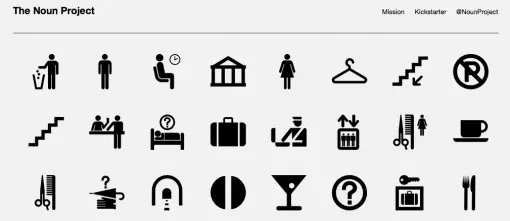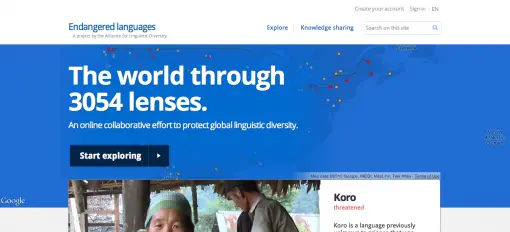
What’s a noun? Merriam-Webster’s Learner’s Dictionary gives a simple definition:
A word that is the name of something (such as a person, animal, place, thing, quality, idea, or action) and is typically used in a sentence as subject or object of a verb or as object of a preposition.
It’s the first part of speech that English learners pick up – everyone knows what a noun is! This is the premise behind one of the newest projects you can find on the Internet: The Noun Project. The guys behind the endeavor aim to share, celebrate and enhance the world’s visual language by creating symbols (based on nouns, of course) and sharing them with the rest of the world.
When you visit the site, you will be greeted by lots of black and white symbols of the most common things you encounter in daily life. The images themselves are not something to drool over – they are very simple, stark even. Then again, that is what the whole concept is about. Going back to the basics, keeping things simple – that’s what they want to do with the project.
Simplicity does have its perks. Whether you need an image to stick on to a blog post or a presentation, or you need a base image to modify for aesthetic purposes, The Noun Project’s collection do the trick for you. You simple have to hover your cursor over an image and download it for FREE. Their pledge is that the images will be ALWAYS be free.
One thing I am looking for – which they say is forthcoming – is the ability to search the images. For now, they are still trying to raise enough funds to continue the project, so head on over to Kickstarter to help them out. Learn more about the project by watching the video below.




